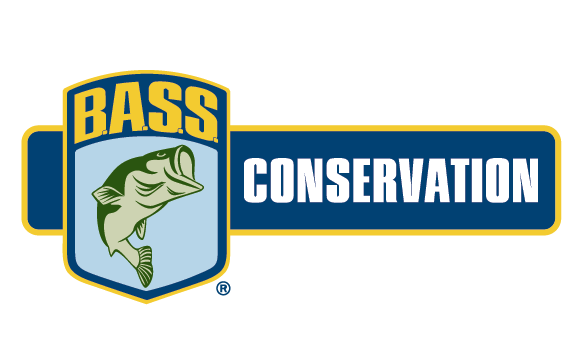
PHOENIX, Ariz. – Arizona fisheries managers don’t want to just resurrect the bass fishery at Roosevelt Lake. With the help of anglers and others, they want to make it even better. Latest to join the multi-year effort is the Reservoir Fisheries Habitat Partnership (RFHP), which added a grant of $33,584 to the $176,614 provided by partner contributions.
“We’re honored to have this project recognized by the Reservoir Fisheries Habitat Partnership, and it wouldn’t be possible without the cooperation of our outstanding partners,” said Chris Cantrell, aquatics branch chief for the Arizona Game and Fish Department (AGFD).
Along with volunteers who have helped raise money, stock fish and build habitat, those partners include U.S. Fish and Wildlife Service, Sport Fish Restoration Program, Tonto National Forest, Midweek Bass Friends of Reservoirs and Don McDowell Friends of Arizona Reservoirs. McDowell is the B.A.S.S. Nation conservation director for Arizona.
“None of this would have been possible without the consent and support of our commission and the persistence of fisheries branch chief Cantrell,” said McDowell, who added that one of his first tasks was to get bass anglers and groups involved in raising funds to stock Florida-strain bass.
Since 2014, more than 1 million fingerlings and fry have been added to the 21,493-acre Salt River impoundment, which is the largest fishery entirely within Arizona.
Florida bass had not been stocked in Roosevelt since the 1980s. But electrofishing surveys in 2008, 2009, 2011 and 2013 revealed dwindling populations of largemouth bass, as well as crappie and bluegill. Anglers noted the decline as well, and in 2013, AGFD convened the first of several angler roundtables in Tonto Basin. The overwhelming response from fishermen and local business owners was that measures were needed to improve angling as soon as possible.
What caused the precipitous decline? Multiple factors, not the least of which was an explosion of gizzard shad, a species not previously noted in the Salt River. While electrofishing surveys showed that bass catch rates had declined as much as 80 percent, they also revealed that shad made up about 30 percent of the fish in the lake.
Additionally, woody areas had deteriorated and disappeared over time in the lake that is more than a century old.
“Natural vegetation has degraded and broken down and is basically gone from most of the lower levels of Roosevelt,” said Dave Weedman, state aquatic habitat program manager. “So, this artificial structure is intended to replicate what used to be there with the natural vegetation that got flooded.”
And as if those two factors weren’t enough, outbreaks of golden algae and Largemouth Bass Virus also contributed to the decline.
“The cumulative impacts of these stressors have negatively affected multiple species populations,” said RFHP, which is assisting with phase two, habitat restoration.
“The objective of the project is to improve fish community structure by providing structural habitat needed for various life stages of a variety of sport species important to the recreational fishery.
“We are seeking to provide a diverse array of structural habitat that will have a positive effect on multiple life stages of sport fish and their prey. The types of artificial structures being installed include Concrete Fish Balls, Mossback and Fishiding structures, and Georgia cubes, along with brush bundles comprised of native trees.”
Weedman added, “They all essentially serve the same purpose, which is just adding some physical, vertical structure to the water column for the fish to use as camouflage habitat and hiding habitat.
“We felt like we needed to do something to improve spawning and rearing habitat, and provide ambush sites for these fish to be more efficient predators on gizzard shad.”
Proper placement isn’t easy for a fishery in which the water can fluctuate more than 50 feet annually. AGFD responded to that challenge by using a crane on a 36-foot pontoon boat, placing habitat in 50 to 65 feet of water so that lowering levels would bring them into an ideal depth range of 20 to 30 feet.
“At that zone, they (structures) will get enough light penetrating to grow their own layer of algae and periphyton, which will attract small baitfish, and that, in turn, will attract some larger sport fish that will hang around and use that cover,” Weedman said.
Meanwhile, surveys following stockings give reason for optimism, according to AGFD, although it cautions that it’s “far too early to make any conclusions.” Florida bass are growing into the 8- to 10-inch catchable range now and, in another few years, the hope is “that trophy bass will be available at this rejuvenating fishery.”
Concurrently, the agency is planning habitat projects for other aging Salt River impoundments, including Apache, Canyon and Saguaro, as well as Bartlett Lake on the Verde River.





